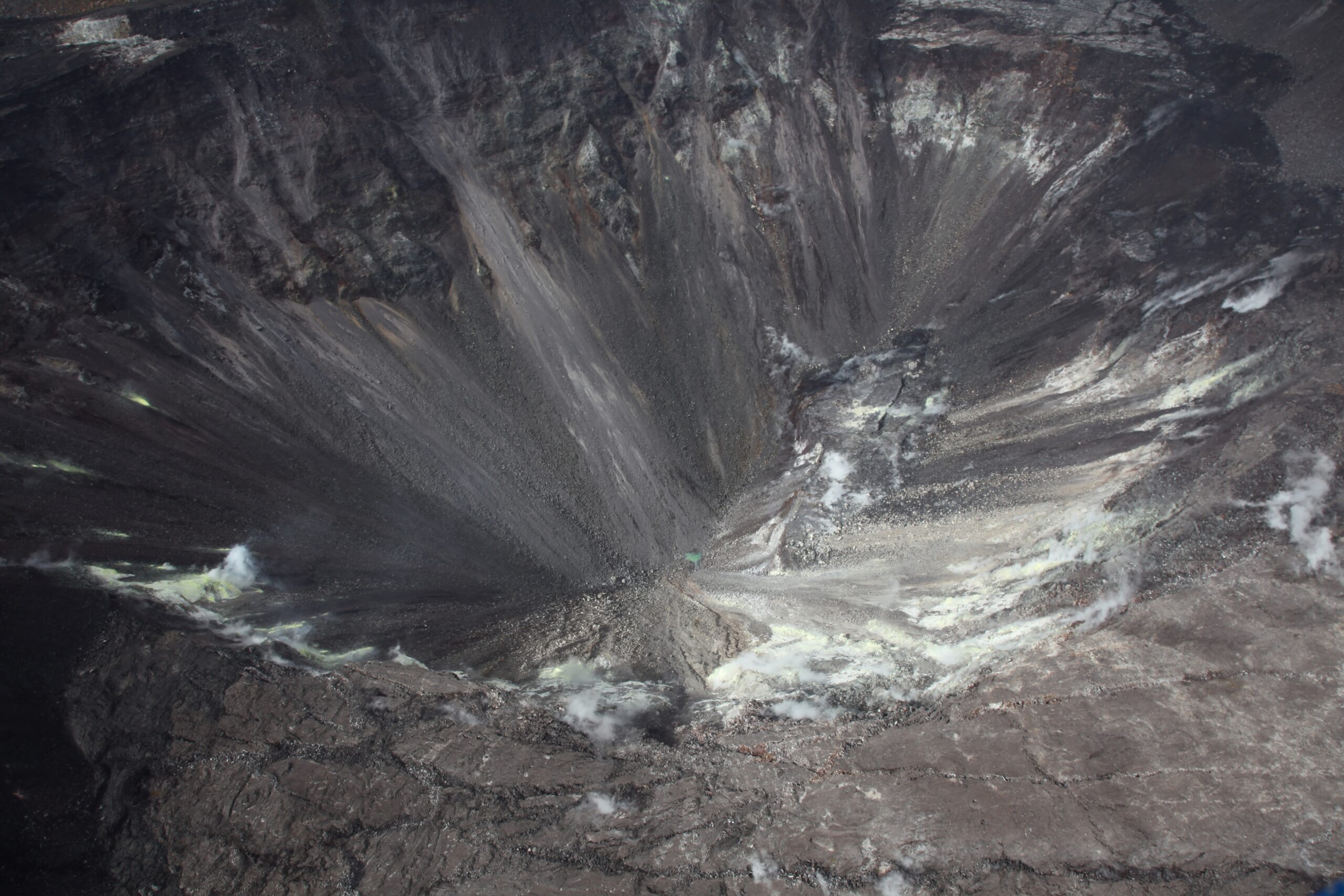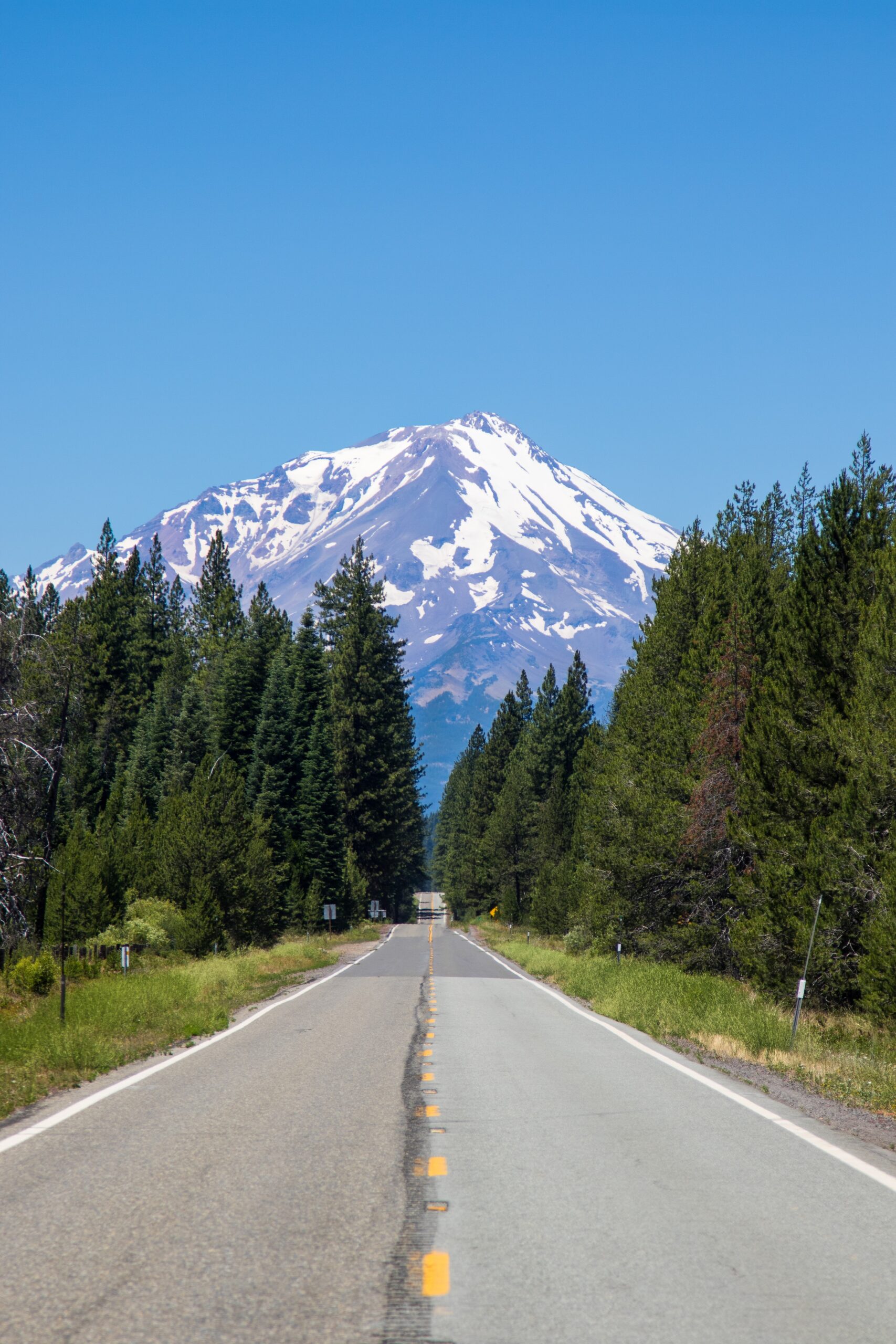Have you ever wondered about the likelihood of Mt Shasta, one of California's iconic volcanoes, erupting within the next 30 years? This article seeks to shed light on this fascinating question. By examining past volcanic activity, geologists have been able to draw conclusions and make educated estimations regarding the future eruption probabilities for Mt Shasta. Join us on this journey as we explore the science behind volcanic predictions and gain a better understanding of the possible outcomes for this majestic mountain.

Understanding Volcanic Activity
Defining volcanoes
Volcanoes are geological formations that occur when there is a rupture in the Earth's crust, allowing magma, volcanic ash, and gases to escape from beneath the surface. They can be found on land or underwater and are often characterized by a cone-shaped mountain or hill. Volcanoes can be active, dormant, or extinct, depending on their recent activity.
Types of volcanic eruptions
Volcanic eruptions can vary in intensity and style, resulting in different types of eruptions. Common types include effusive eruptions, where lava flows slowly and steadily, and explosive eruptions, where highly pressurized gases cause violent explosions. Other types include phreatomagmatic eruptions, volcanic ash eruptions, and pyroclastic eruptions.
What triggers a volcanic eruption
Volcanic eruptions are triggered by various factors, but the underlying cause is the movement and interaction of tectonic plates. When plates collide or separate, magma can be pushed towards the Earth's surface, leading to volcanic activity. Additionally, changes in the composition and pressure of magma, as well as the presence of water and gas, can also influence the likelihood and intensity of volcanic eruptions.
History of Mt Shasta Eruptions
The geological history of Mt Shasta
Mt Shasta, located in Northern California, is a dormant stratovolcano that has a rich geological history dating back thousands of years. It is part of the Cascade Range, which is known for its volcanic activity. The mountain is composed of several overlapping cones, indicating multiple eruptions over time.
Past volcanic activities at Mt Shasta
Mt Shasta has a history of frequent eruptions, with the most recent eruption occurring around the year 1786. Historical records and geological studies have identified numerous eruptions and lava flows from the mountain, shaping its current landscape. These eruptions have varied in size and intensity, ranging from small ash emissions to larger explosive events.
The last known eruption of Mt Shasta
As mentioned earlier, the last known eruption of Mt Shasta took place in 1786. This eruption was considered moderate in scale, involving the release of volcanic ash and gases. Since then, Mt Shasta has remained dormant, with no recent signs of significant volcanic activity. However, this does not guarantee that the volcano will not erupt in the future.
The Monitoring of Mt Shasta
The role of the United States Geological Survey (USGS)
The United States Geological Survey (USGS) plays a crucial role in monitoring volcanic activity across the country, including Mt Shasta. The USGS operates a network of sensors and instruments that constantly monitor various parameters, such as seismic activity, gas emissions, ground deformation, and volcanic tremors. This monitoring allows scientists to detect and analyze any changes that could indicate potential volcanic activity.
Volcano monitoring techniques
Monitoring techniques used by the USGS include seismic monitoring, which detects vibrations caused by magma movement; gas monitoring, which measures the composition and quantity of volcanic gases; ground deformation monitoring, which tracks changes in land elevation and shape; and satellite monitoring, which provides valuable data on volcanic plumes, ash dispersal, and thermal anomalies.
Current status of Mt Shasta based on USGS monitoring
Based on the current monitoring data from the USGS, Mt Shasta is considered a dormant volcano. While the volcano is not currently showing signs of imminent eruption, the USGS continues to closely monitor its activity to detect any potential changes. This monitoring allows scientists to provide timely warnings and assessments to authorities and communities living in the vicinity of Mt Shasta.
Volcanic Hazards of Mt Shasta
Types of volcanic hazards
Volcanic hazards refer to the various dangers posed by volcanic eruptions. These hazards can be categorized into several types, including pyroclastic flows, lahars (mudflows), volcanic ashfall, volcanic gases, and volcanic projectiles. Each hazard presents unique risks to human life, infrastructure, and the environment.
Specific hazards associated with Mt Shasta
Due to its geological characteristics, Mt Shasta is primarily associated with volcanic ashfall and pyroclastic flows as potential hazards. Ashfall can disrupt air travel, contaminate water sources, and pose risks to human health and agriculture. Pyroclastic flows, which are high-density currents of hot gas and volcanic matter, can be extremely destructive and endanger nearby communities.
Previous instances of hazards due to eruptions at Mt Shasta
Historical records and geological studies have documented instances of volcanic hazards associated with eruptions at Mt Shasta. These include ashfall reaching neighboring towns, lahars damaging infrastructure and river systems, and pyroclastic flows causing significant destruction in the surrounding areas. Learning from these past events is crucial for understanding the potential risks and implementing effective mitigation strategies.

Assessing the Possibility of Mt Shasta Eruption in the next 30 years
Factors contributing to volcanic eruption predictions
Predicting volcanic eruptions is a complex task that involves analyzing various factors. These factors include changes in seismic activity, ground deformation, gas emissions, and volcanic tremors. Additionally, historical eruption patterns, geological studies, and the monitoring of other volcanoes in the region can provide valuable insights into the likelihood of future eruptions.
How scientists estimate eruption probabilities
Scientists estimate eruption probabilities by combining data from monitoring networks, geological studies, and eruption history. Statistical models and analysis techniques are used to assess the likelihood and frequency of eruptions based on observed patterns and trends. While these estimates are not precise predictions, they provide valuable guidance for emergency planning and preparedness.
Current estimates for Mt Shasta
Based on current scientific knowledge and analysis, the probability of Mt Shasta erupting in the next 30 years is relatively low. While there are no definitive predictions, the volcano's dormant status, combined with the absence of recent significant volcanic activity, indicates a lower risk of eruption. However, continued monitoring and assessment are vital to detect any changes that could indicate a potential shift in the volcano's behavior.
Eruption Predictive Models
What are eruption predictive models
Eruption predictive models are mathematical tools that incorporate various parameters and historical data to forecast the occurrence and characteristics of volcanic eruptions. These models help scientists understand the underlying processes and potential outcomes of volcanic activity, aiding in hazard assessment, risk mitigation, and decision-making.
How do eruption predictive models work
Eruption predictive models work by analyzing relationships between key variables, such as seismic activity, gas emissions, and ground deformation. By identifying patterns and correlations, these models can estimate the likelihood and intensity of future eruptions. However, it is important to note that volcanic systems are highly complex, and models are continually refined and updated as new data becomes available.
Application of eruption predictive models on Mt Shasta
Eruption predictive models have been applied to Mt Shasta to better understand its behavior and potential hazards. These models use data from monitoring networks, historical eruptions, and geological studies to estimate eruption probabilities, eruption styles, and the potential impacts of various volcanic hazards. While these models provide valuable insights, they always require continuous refinement and validation with ongoing monitoring and observations.

Potential Impact of Mt Shasta Eruption
Social and economic consequences
The eruption of Mt Shasta could have significant social and economic consequences for the surrounding communities and the wider region. The evacuation of affected populations, temporary displacement, and potential damage to infrastructure could disrupt daily life and entail substantial economic costs. Additionally, the tourism industry, which heavily relies on the natural beauty of the area, would likely suffer during and after an eruption.
Health risks and environmental impact
Volcanic eruptions release hazardous gases, such as sulfur dioxide and carbon dioxide, which can pose health risks to both humans and animals. Volcanic ash fallout can also cause respiratory problems and eye irritation. Furthermore, eruptions may lead to environmental impacts, including soil erosion, damage to vegetation, and changes in water quality, potentially affecting ecosystems and water sources.
Preventive measures and safety procedures
To mitigate the potential impact of a Mt Shasta eruption, preventive measures and safety procedures should be in place. These may include developing evacuation plans, establishing emergency shelters, creating communication networks for timely warnings, and conducting public education campaigns on volcanic hazards and preparedness. Regular drills and exercises can help ensure that communities are well-prepared to respond to a volcanic crisis.
Plan of Action in Case of Eruption
Governmental emergency plan
In the event of a volcanic eruption at Mt Shasta, governmental authorities would activate emergency response plans to protect public safety and provide support to affected communities. These plans typically involve coordination between various agencies, including local and state government, emergency management organizations, and scientific experts. The primary objectives are to ensure the prompt evacuation of at-risk populations, establish emergency shelters, and facilitate the flow of information to the public.
Public education and awareness
Public education and awareness play a crucial role in preparing communities for a potential volcanic eruption. Educational campaigns should aim to inform the public about volcanic hazards, emergency procedures, and evacuation routes. Additionally, providing information on the signs of volcanic unrest and the importance of heeding warnings can contribute to a more resilient and well-prepared population.
Response strategy for volcanic crisis
During a volcanic crisis, the response strategy should prioritize public safety and the well-being of affected communities. This includes clear communication of evacuation orders and emergency instructions, ensuring the availability of emergency supplies and medical assistance, and establishing temporary shelters or evacuation centers. Coordinated efforts between government agencies, emergency responders, and volunteers are essential for an effective response and recovery.
Myths and Facts about Mt Shasta
Popular myths about Mt Shasta
Mt Shasta, like many other volcanoes, has a fair share of popular myths and legends associated with its formation and activity. These include tales of hidden societies within the mountain, mystical powers attributed to its peaks, and extraterrestrial connections. While these stories contribute to the area's allure, they should be understood as folklore rather than scientifically supported facts.
Scientific facts about Mt Shasta
Scientific research provides a wealth of factual information about Mt Shasta. From geological studies to monitoring data, these scientific facts help us understand the volcano's geological history, past eruptions, and current dormant state. Scientists utilize a range of techniques and technologies to gather evidence and monitor Mt Shasta's activity, providing a more accurate understanding of the volcano.
Clearing misconceptions about volcanic eruptions
One common misconception about volcanic eruptions is that they can be predicted with absolute certainty. While scientists have made significant advancements in eruption forecasting, volcanic systems are inherently dynamic and unpredictable. Eruption probabilities and timelines are estimates based on available data, and ongoing monitoring is essential to detect any changes. It is crucial to rely on scientifically supported information and expert guidance when assessing volcanic risks.
Conclusion
Summarizing the possibility of Mt Shasta eruption
While there is always a possibility of volcanic eruptions, the likelihood of Mt Shasta erupting in the next 30 years is currently low based on scientific assessments. The volcano's dormant status and absence of recent significant volcanic activity, coupled with ongoing monitoring efforts, provide valuable insights into its behavior. However, continuous monitoring and preparedness efforts are essential to ensure the safety and well-being of the communities living in the vicinity of Mt Shasta.
Importance of monitoring and preparedness
The monitoring of volcanic activity and the preparedness of communities are crucial for mitigating the potential risks associated with volcanic eruptions. Regular monitoring allows scientists to detect any changes in volcanic behavior and issue timely warnings. Simultaneously, preparedness measures, such as public education, emergency plans, and safety procedures, empower communities to respond effectively during a volcanic crisis.
Consequences of underestimating volcanic threats
Underestimating the threats posed by volcanic eruptions can have severe consequences. Lack of preparedness and awareness can lead to increased loss of life, economic damages, and social disruption. By understanding and acknowledging the potential risks of volcanic activity, communities can take proactive measures to reduce vulnerability and increase resilience, ensuring a safer future in the face of possible eruptions.

